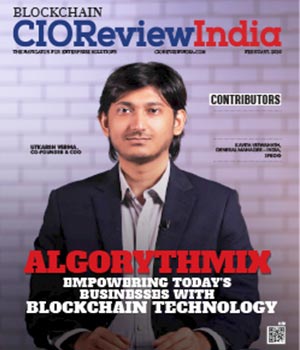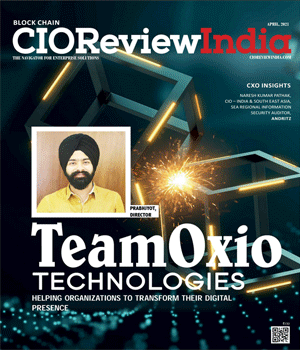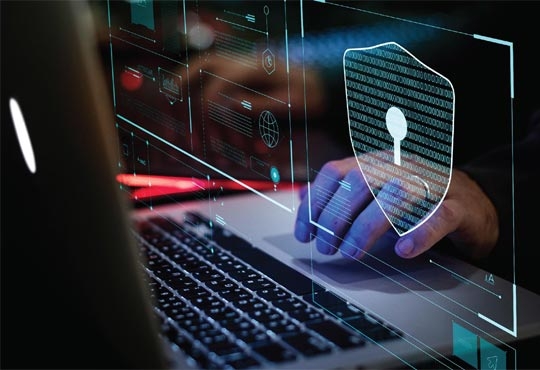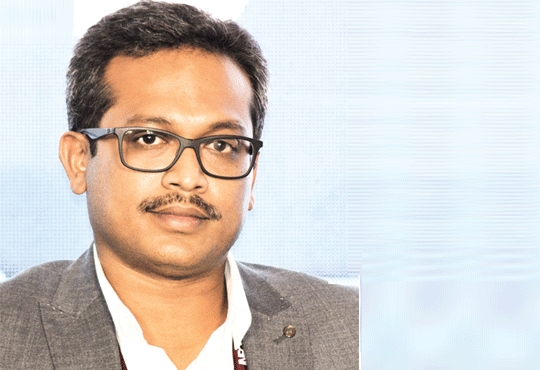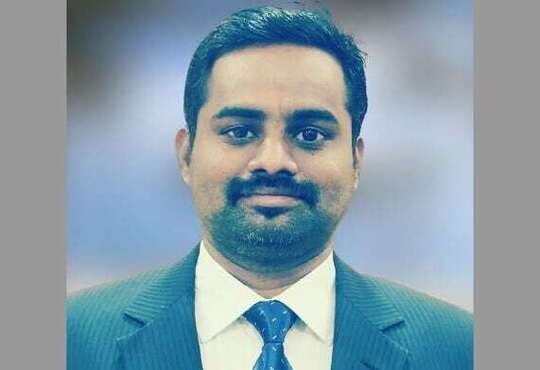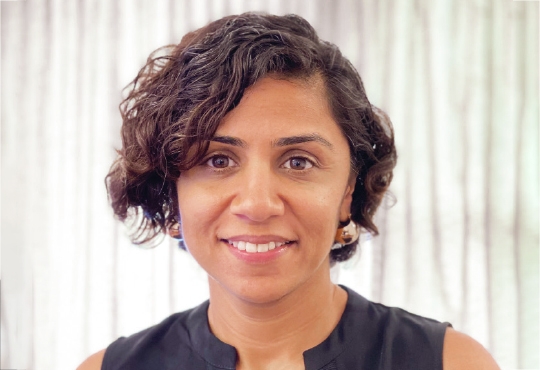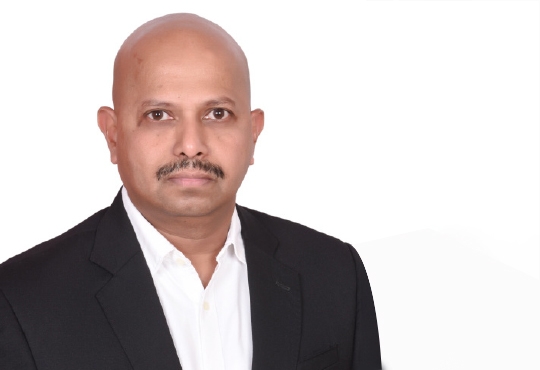
The Intersection of Blockchain and Healthcare IT
Janifha Evangeline | Sunday, 16 July 2023, 19:48 IST
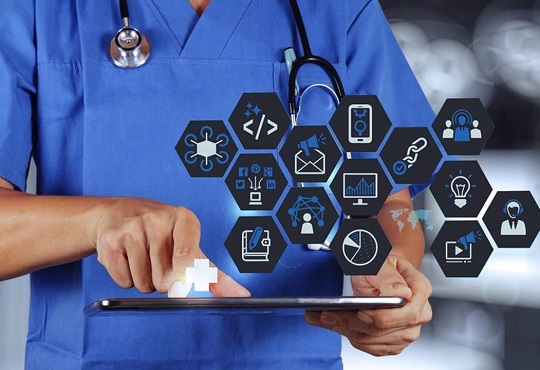
A powerful technology called blockchain makes it possible for many parties to access and share data in a safe manner. The standard of care must be improved by more effectively combining the capacity to handle patient data across the healthcare system with the capacity to apply analytics to assess population-level medical data. It's crucial to understand what blockchain is for and what economic benefits it now provides to organisations before delving into the use cases.
It should come as no surprise that many are attempting to optimise healthcare processes by implementing blockchain technology, given the significant challenges healthcare systems are facing about the digitization and sharing of medical records, tracking prescription drugs and other medical commodities in the supply chain and delivery.
Since the majority of blockchain-based solutions are now provided like any other software-as-a-service, adopting many of them for the healthcare industry no longer necessitates having extensive first-hand knowledge of the technology.
Patient-centric electronic health records
Data silos are a problem that affects healthcare systems worldwide, giving patients and their healthcare professionals a partial picture of their medical histories. According to data from Johns Hopkins University published in 2016, medical errors stemming from poorly coordinated care, such as planned actions not executed as intended or omissions in patient records, were the third largest cause of death in the US.
Making a blockchain-based medical records system that can be integrated with current electronic medical record software and serve as a comprehensive, single view of a patient's record is one approach to solving this issue. The fact that each new item added to the blockchain, such as a doctor's note, a prescription, or a test result, is converted into a distinct hash function—a brief string of letters and numbers—is very important to stress. Instead, genuine patient data is not stored on the blockchain. Every hash function is distinct and can only be deciphered with the owner of the data's permission, in this example, the patient.
In this scenario, each time a patient record is modified or they agree to disclose a portion of their medical information, a transaction is recorded on the blockchain. Leading example of a business collaborating with healthcare providers to build blockchain-enabled EMRs is Medicalchain.
These are the main advantages of blockchain-enabled EMRs:
A thorough, accurate, and centralised repository for patient medical records that benefits both patients and healthcare professionals. They allow patients the ability to observe when their medical records are updated and to explicitly consent to any sharing of those details with other people or healthcare professionals. The length of time that any third party may have access to a patient's medical information can also be limited by the patient, who can also decide to disclose all or a portion of their medical records with researchers. Without the time and expense of a middleman, medical insurance can get rapid, verified confirmation of healthcare services from patients.
In addition to building blockchain-based medical records, Medicalchain is also creating a platform upon which other companies can build digital health solutions. These solutions include a virtual consultation service and a medical data exchange where patients can choose to sell their anonymized medical data in exchange for Medtokens to support the development of digital health applications, such as population level analytics solutions.
By enabling more sophisticated analytics, the introduction of considerably more comprehensive, digitalized, and shareable patient health records will have a significant impact on the healthcare business. For instance, personalised medicine is a promising topic, but the scarcity of sufficient high-quality data seriously impairs its development. A considerably more robust segmentation and analysis of the outcomes of targeted treatment would be possible with access to more dependable and widely disseminated population level data.
FarmaTrust has created a system to enable gene and cell therapy treatments in addition to its supply chain solution, and numerous research initiatives are also looking into how to merge AI and blockchain to further individualised medicine.
Smart Contracts for insurance and supply chain settlements
Many players in the healthcare industry, including pharmaceutical firms, medical device OEMs, wholesalers, insurers, and healthcare providers, can authenticate their identities as organisations, log contract details, track transactions of goods and services, and track payment settlement details for those goods and services using blockchain-based systems provided by companies like Chronicled and Curisium. Beyond supply chain management, this type of environment also enables insurers and trading partners in the healthcare industry to function under totally digital and, in some circumstances, automated contract terms.
Instead of each participant having their own copy of the contracts, manufacturers, distributors, and healthcare organisations can significantly reduce disputes over payment chargeback claims for prescription medicines and other goods by using shared digital contracts logged on a blockchain ledger. Because price structures frequently change, over one million chargeback claims are made amongst these players each year, more than 5% of which are challenged and require time-consuming human resolution, according to Chronicled.
Similar to this, pooled smart contracts can be used to manage patient medical insurance contracts. According to Curisium, 10% of claims are challenged in this context. Insurance providers can employ more sophisticated analytics to improve health outcomes and costs once this data is digitalized and readily available, similar to other use cases.
IoT Security for remote monitoring
The use of remote monitoring solutions, where various sensors tracking patients' vital signs are utilised to help give healthcare practitioners better visibility into patients' health, enabling more proactive and preventative care, is one of the largest trends in digital health. In our earlier articles on 5G and edge computing in digital health, we examined a number of intriguing remote monitoring use cases.
Security, however, is a significant problem in health IoT, both in terms of ensuring that patient data is private and secure and that it is not altered to produce incorrect results.
It is also vital that the supporting systems are extremely resilient to DDoS or other assaults disrupting service in particular scenarios where a connected device may be relied upon in emergency situations, such as informing an old person's care provider that they have had a fall or a heart attack.
How blockchain technology could help secure IoT devices used for remote monitoring?
A user needs a specific set of cryptographic keys to decode the hash function into the source data, and blockchain cryptography ensures that only authorised parties can access the personal data that is stored on the blockchain as a unique hash function. Once patient data is stored as a hash function on the blockchain ledger, it becomes nearly impossible to alter because doing so would need access to all previously stored versions.
Since most IoT connections now run through a central server, the decentralised structure of blockchain allows IoT devices to interact directly with one another, making DDoS and man in the middle attacks more challenging.
Although these use cases are still in the early phases of development and it is unclear which solution will be most effective, blockchain may improve IoT security in the healthcare industry. Blockchain is worth looking at for digital health companies trying to figure out how to keep remote monitoring equipment secure, but only as a component of a far more comprehensive end-to-end security plan.
CIO Viewpoint
Is Secure Access Service Edge(SASE) Part Of...
By Archie Jackson, Senior Director and Head of IT & IS, Incedo Inc
By By Naresh Kumar Pathak, CIO - India & South East Asia, SEA Regional Information Security Auditor, ANDRITZ
By Sugata Roy, MD & CEO, arodek Technology Consulting Pvt. Ltd.
CXO Insights
Blockchain: Revolutionizing Industries, One...
By Dr. Arvind Deendayalan, Global Practice Head - Blockchain, Infovision
Dissecting The Role Of DevOps In Contemporary ERA
By Kavita Viswanath, General Manager – India, JFrog
Advisory FOR CXOs At A Crossroads To Modernize...


.jpg)
.jpg)
